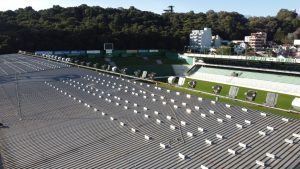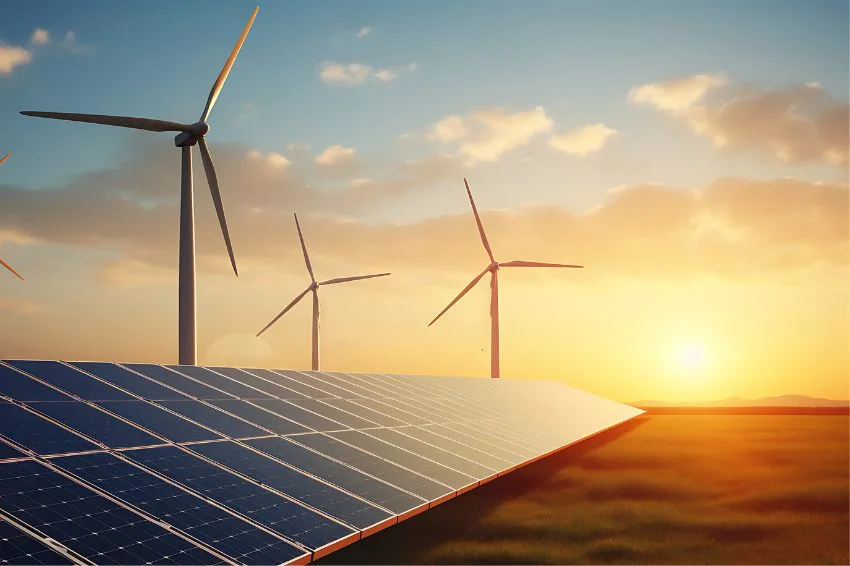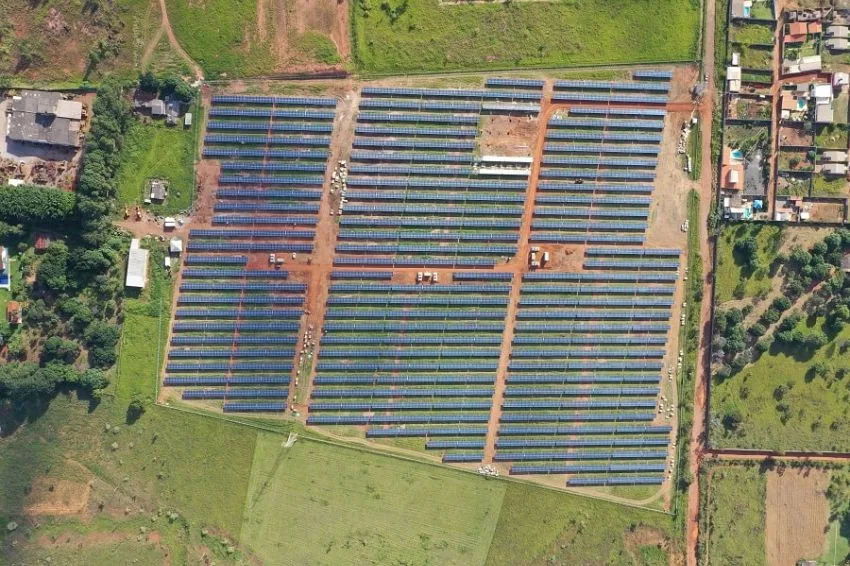The acquisition of photovoltaic systems has become increasingly common among football clubs Brazilian. In addition to providing energy in a sustainable way, the use of technology is well regarded by associations as a alternative to reduce costs and increase investment power.
At first division, the popular Série A of the Brazilian Championship, at least three clubs already have photovoltaic systems installed in their structures, as is the recent case of Youth, what began implementing 240 solar panels on its premises at the beginning of the month.
In total, there will be 200 signs in operation at the Alfredo Jaconi stadium and another 40 at the team's CT (Training Center). The expectation is that the Rio Grande do Sul team will achieve savings of R$ 15 thousand per month with the technology, the equivalent of R$ 180 thousand per year.

In Santa Catarina, the Hawaii also invested in the benefits of solar through a partnership with a company from Florianópolis. Since the end of last year, the club has passed on the electricity generated by the photovoltaic panels to Celesc (Centrais Elétricas de Santa Catarina, a State concessionaire) and received a discount on the electricity bill.
The system was installed by Prisma Energia Solar on the premises of the Ressacada stadium and on the roofs of warehouses located nearby. In total, there are 646 panels with a generation capacity of 300,000 kWh, around 2,000 more than the club consumed before installing the technology.

In Minas Gerais, the Atlético-MG – current champion of the Brazilian Championship and Copa do Brasil – also has solar energy for almost two years in its five structures: the City of Rooster; the CT; the administrative headquarters in the Lourdes neighborhood, in Belo Horizonte (MG); in addition to its social clubs, Labareda and Vila Olímpica.
The photovoltaic panel installation project was carried out through a commercial agreement with the company Solatio Free Energy. Until May this year, Galo's estimated savings from the systems were more than R$ 2 million.

In addition to the first division clubs, other smaller teams also see solar energy as a good investment. In the interior of São Paulo, for example, Mirassol is one of the teams with solar energy in its CT. The system was installed by Ecori Energia Solar.
Leão has accumulated good results on the field since 2020 and the installation was just another step towards the top beyond the four lines of the pitch. In total, the board of directors of the São Paulo club invested around R$300 thousand and the expected return on investment is estimated in less than four years.

Another example of a team that has been reaping the benefits of good football management is Portuguesa-RJ, located in the Ilha do Governador neighborhood, in the north of Rio de Janeiro.
This year, the club, in addition to making history in the Copa do Brasil – achieving its best result in history by reaching the third phase of the competition – also inaugurated, in March, a photovoltaic plant in partnership with Green Solar.
764 solar panels were installed on the club's traditional marquee, while four inverters began to operate in the generation room, which together generate almost 400 thousand kWh per year.
The solar plant's main challenges were not to interfere with the club's social life and not compromise the appearance of the marquee – recognized as a historical heritage of the city.
Find out which stadiums in Brazil use photovoltaic solar energy















